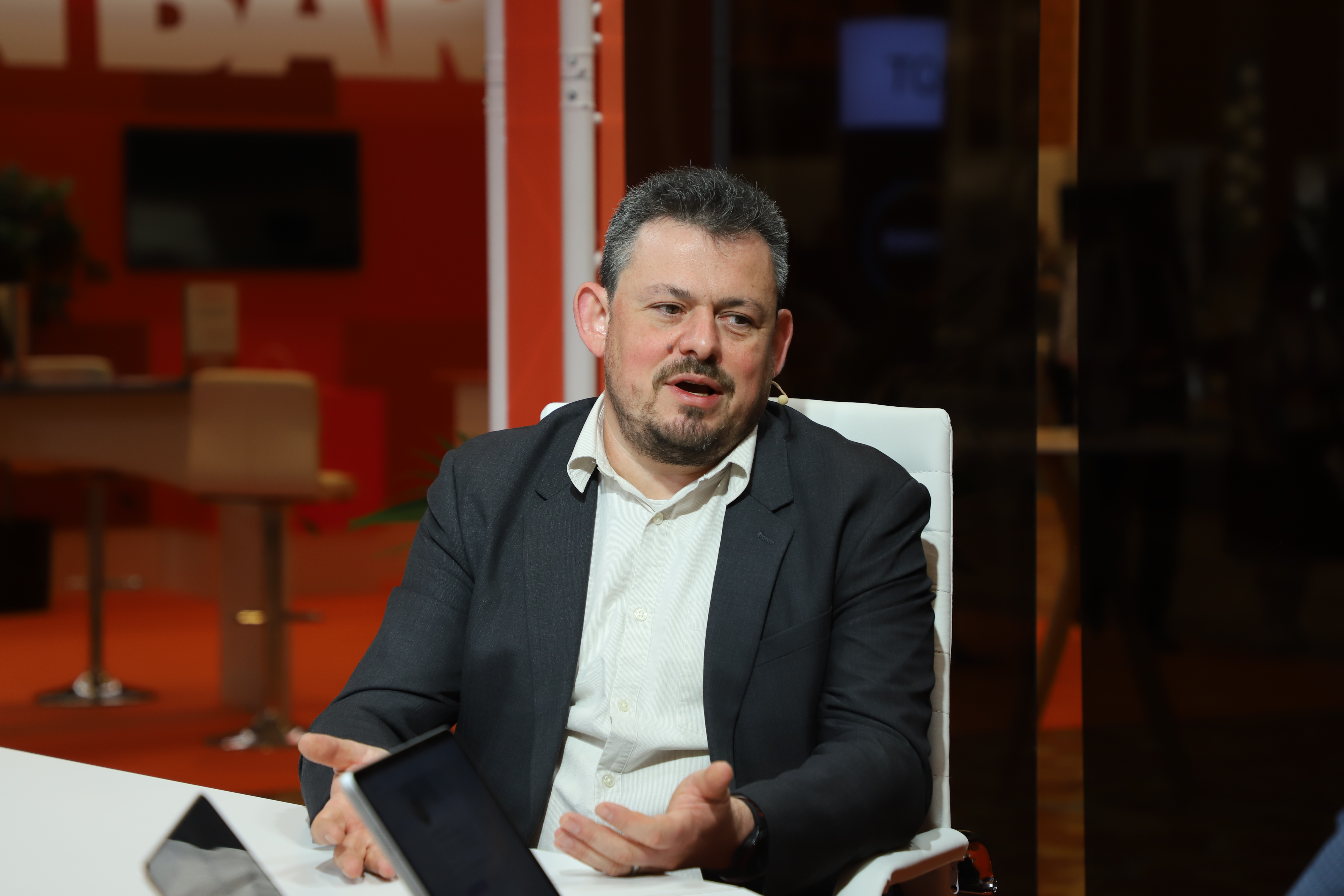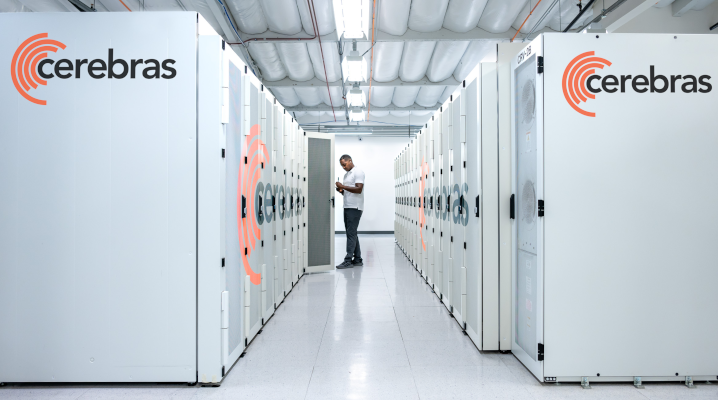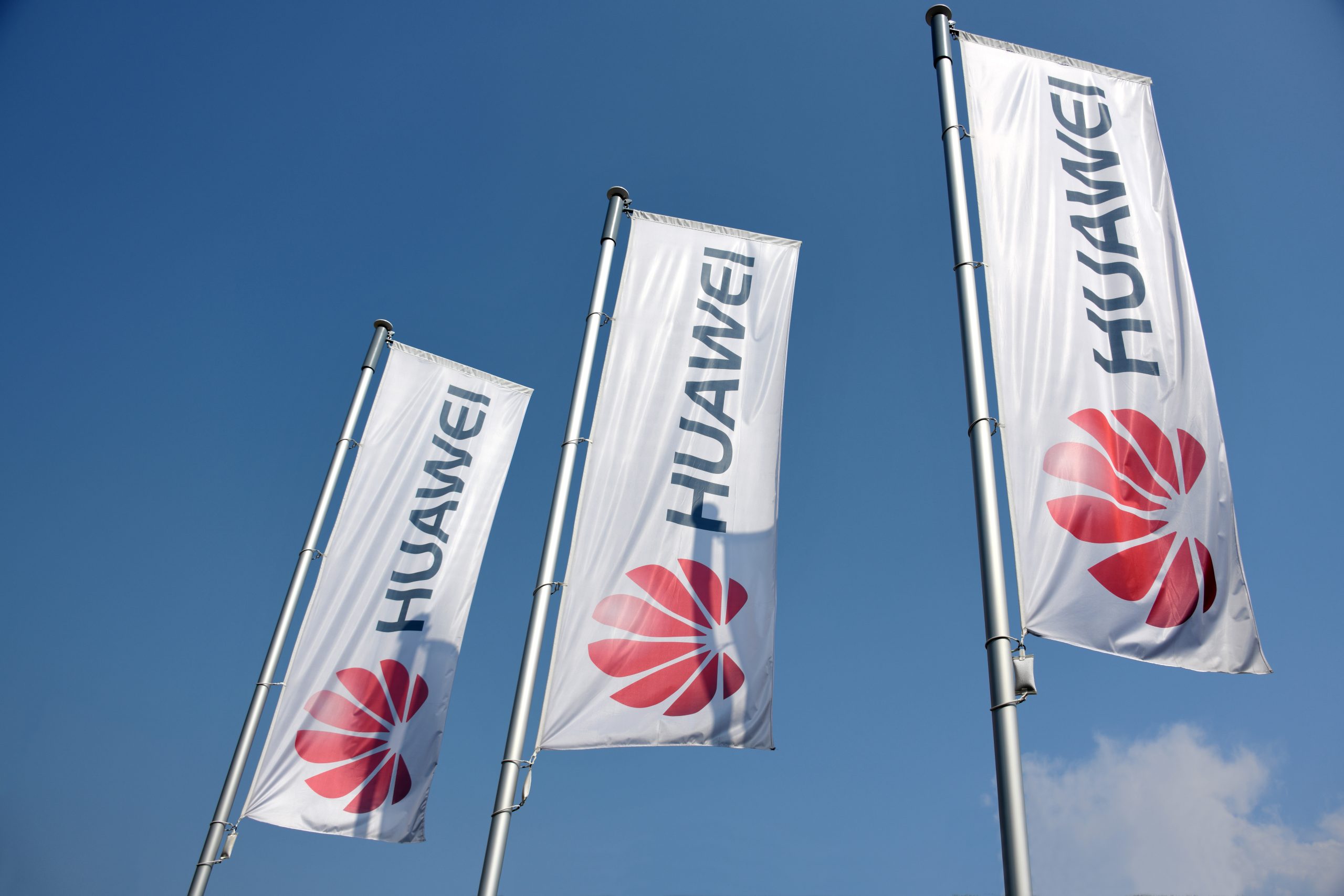As enterprises outgrow fragmented systems, process orchestration is stepping in as the connective layer — aligning automation with human strategy and delivering measurable return on investment.
The enterprises that are enjoying the most success are the ones with the map, not the tools. Process orchestration models the end-to-end flow and lets teams slot in bots, agents and people where they prove return on investment — because value lives in the outcomes, not in the stacks, according to Maxim Ioffe (pictured), global intelligent automation leader at Wesco International Inc.
Wesco’s Maxim Ioffe talks with theCUBE about how process orchestration serves as a control plane to drive measurable ROI.
“The technology is not necessarily the value,” he said. “The value is in doing what business needs us to do. We, as technologists, don’t tell the business, ‘This is how you should run.’ We come into business, in my case, a distribution company, a wholesale distributor, and say, ‘What can we do to help us to work well with our partners, to service our customers and hopefully make some profit out of it?’ Well, that’s all about the process. It’s all about the individual steps in that big thing that we are doing.”
Ioffe spoke with theCUBE’s Dave Vellante at UiPath Fusion, during an exclusive broadcast on theCUBE, News Media’s livestreaming studio. They discussed the role process orchestration and artificial intelligence is playing in securing ROI for large-scale enterprises (* Disclosure below.)
Why process orchestration defines the new control plane
For Wesco, process orchestration means graduating from stitched bots to an end-to-end system in which rules-driven tasks, agentic decisions and human checks work as one. The method: Model everything and choose the right doer for each moment, Ioffe explained. Everything else then becomes streamlined through AI automation.
“If you think about the business experience, we want to automate the process,” he said. “We look at the process, we see some tasks that are pretty straightforward; they’re role-based, there’s no need to change anything. We can still automate them. There are some points of decision-making. Technology allows us to automate some of that decisioning, and that makes it a lot easier to automate and deliver business solutions.”
“I think about it as a snowball versus snowflake,” he said. “Within that snowball, as you start zooming in, you start seeing, ‘Oh, we’re still doing tasks. We’re still entering orders.’ We’re still chasing our suppliers saying, ‘Hey, when is my product coming?’ [Electronic data interchange] has been around 50 years; it doesn’t mean that it can answer that question in an effective way and it scale. [Application programming interfaces] has been around for decades; it doesn’t mean they can answer that question. Sometimes good old web-scraping is what takes you there … To me, it’s all about starting from that big snowball of a process, zoom in and [then] you start seeing the blocks and decision points.”
That visibility pays off when the software stack evolves. Enterprises are embracing best-in-breed AI solutions — the right tool for accounts payable, for supply chain and for service — but those stacks still need to pivot often. Process orchestration helps cushion those changes, too, according to Ioffe.
“That’s where the orchestration becomes awesome [with whatever] you bring it,” he said. “We need to be almost instant at ‘Unplug this and plug in this,’ and guess what? That snowball of a process stays the same. It doesn’t even notice that something changes, except that the process has done faster, better, whatever the case might be.”
Here’s the complete video interview, part of News’s and theCUBE’s coverage of UiPath Fusion:
(* Disclosure: TheCUBE is a paid media partner for UiPath Fusion. Neither UiPath Inc., the sponsor of theCUBE’s event coverage, nor other sponsors have editorial control over content on theCUBE or News.)
Photo: News
Support our mission to keep content open and free by engaging with theCUBE community. Join theCUBE’s Alumni Trust Network, where technology leaders connect, share intelligence and create opportunities.
- 15M+ viewers of theCUBE videos, powering conversations across AI, cloud, cybersecurity and more
- 11.4k+ theCUBE alumni — Connect with more than 11,400 tech and business leaders shaping the future through a unique trusted-based network.
About News Media
Founded by tech visionaries John Furrier and Dave Vellante, News Media has built a dynamic ecosystem of industry-leading digital media brands that reach 15+ million elite tech professionals. Our new proprietary theCUBE AI Video Cloud is breaking ground in audience interaction, leveraging theCUBEai.com neural network to help technology companies make data-driven decisions and stay at the forefront of industry conversations.










